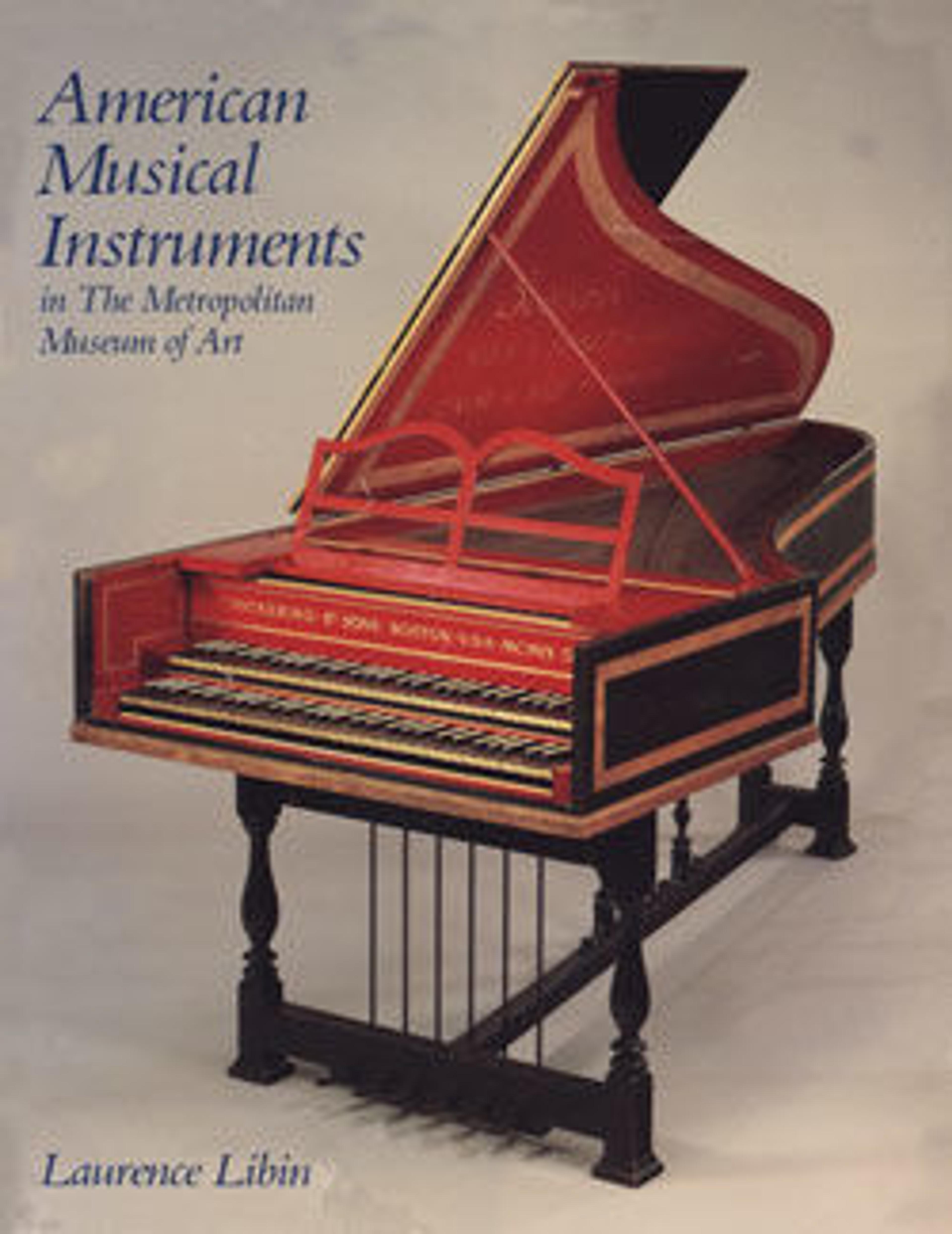Banjo
This homemade banjo is of the simplest possible construction. The whittled walnut neck has a fretless fingerboard and rectangular peghead. Whereas the tuning peg for the short 5th string is virtually always located adjacent to the 5th fret on fretted banjos, the 5th string tuning peg of this banjo is mounted approximately at the midpoint of the neck. The skin head is stretched over the steam-bent wooden rim and held permanently in place with tacks mounted through a narrow wood hoop. This assembly is similar in construction to common contemporary household containers such as round sieves and cheese boxes. According to nineteenth-century correspondence, this example was made by an African American in Georgia, which is significant because there are very few existing banjos that are documented to have been produced by an African American in the nineteenth century. (Peter Szego, 2020)
Artwork Details
- Title:Banjo
- Date:ca. 1850–1900
- Geography:Georgia, United States
- Culture:American
- Medium:Wood, goatskin
- Dimensions:L. 27 15/16 × W. 10 13/16 in. (71 × 27.5 cm)
- Classification:Chordophone-Lute-plucked-unfretted
- Credit Line:The Crosby Brown Collection of Musical Instruments, 1889
- Object Number:89.4.3296
- Curatorial Department: Musical Instruments
More Artwork
Research Resources
The Met provides unparalleled resources for research and welcomes an international community of students and scholars. The Met's Open Access API is where creators and researchers can connect to the The Met collection. Open Access data and public domain images are available for unrestricted commercial and noncommercial use without permission or fee.
To request images under copyright and other restrictions, please use this Image Request form.
Feedback
We continue to research and examine historical and cultural context for objects in The Met collection. If you have comments or questions about this object record, please contact us using the form below. The Museum looks forward to receiving your comments.
